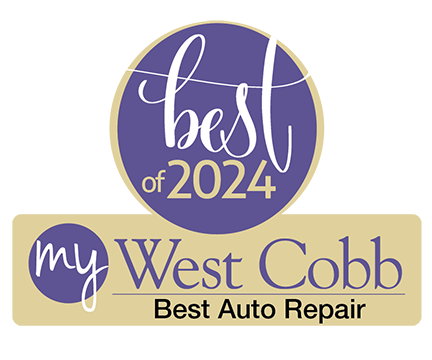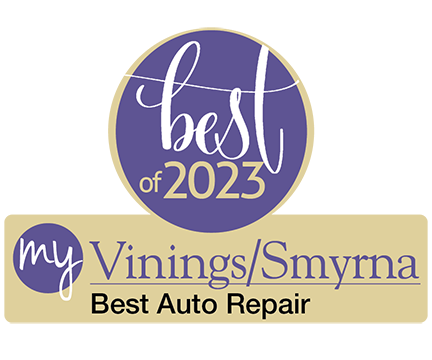You’ve probably heard that having your car properly aligned is a good thing. That can lead to questions like: What is an alignment all about? What does getting an alignment involve? How to know if you need a wheel alignment is pretty straightforward. But first, you need to understand what an alignment is and why it matters. Then, you’ll be ready to learn how to spot the signs of poor alignment.
What is a Car Alignment?
 Despite what most people think, a car alignment has nothing to do with adjusting the tires or wheels. Instead, the alignment refers to how the suspension is adjusted, and how it makes the tire/wheel combination sit in relation to the road.
Despite what most people think, a car alignment has nothing to do with adjusting the tires or wheels. Instead, the alignment refers to how the suspension is adjusted, and how it makes the tire/wheel combination sit in relation to the road.
Without getting too technical, a mechanic checks three factors when measuring a car’s alignment: camber, toe, and caster. If any of these are off, it means the suspension must be adjusted to correct the situation. How that’s done depends on the exact configuration of your car’s suspension.
Why Car Alignment Matters
 A car that isn’t properly aligned doesn’t perform at its best. Poor alignment means you don’t enjoy handling that is as crisp as normal. Your vehicle will ride more roughly, negatively impacting comfort even if the road is smooth as glass.
A car that isn’t properly aligned doesn’t perform at its best. Poor alignment means you don’t enjoy handling that is as crisp as normal. Your vehicle will ride more roughly, negatively impacting comfort even if the road is smooth as glass.
Improper alignment can cost you money over the long run. Tires are made to be used with the entire tread contacting the road. Sometimes, improper alignment can cause tires to sit more heavily on one side than the other. The end result? Your tires wear out unevenly and at a rapid rate.
Maintaining proper alignment costs less than having to get new tires more often.
Signs Your Car Needs an Alignment
As you’ve probably guessed by now, there are things you can watch for that indicate your car is out of alignment. Staying vigilant is a great way to catch any car problem early.
If you notice any of the following, have your vehicle checked out by a professional shop such as T3 Atlanta:
- The car is pulling in one direction. If you always need to be steering to the left or right because your car pulls in the opposite way, even when the road is perfectly flat, that’s a sign it’s out of alignment. You should be able to not have you hands on the steering wheel when the road is flat, at least for a moment, and not have the vehicle do anything but drive in a straight path.
- Crooked steering wheel. The logo on your car’s steering wheel needs to sit level when you’re just cruising down a straight stretch of road. If it sits tilted to one way or another, that can indicate poor alignment.
 Uneven tire wear. Perhaps the most common sign, this includes the inside or outside edge of your tires wearing out faster than the rest of the tread. If both edges are worn down faster than the middle of the tread, that’s a sign you don’t keep your tires properly inflated.
Uneven tire wear. Perhaps the most common sign, this includes the inside or outside edge of your tires wearing out faster than the rest of the tread. If both edges are worn down faster than the middle of the tread, that’s a sign you don’t keep your tires properly inflated.- Feathering. Run your hand across the tread on your tires. If it’s smooth on one side and ridged or sharp on the other, that’s called feathering. While subtle, this can be a sign of improper alignment.
- Sloppy steering. If you find that you’re struggling to steer your car and you have power steering, that can be caused by poor alignment. The treads on your tires help provide grip, so if that isn’t being used fully, the consequence is poor steering.
- Squealing. When your car isn’t properly aligned, the askew nature of the tires can cause them to squeal. That should always be alarming if you’re not involved in action movie chase scene, and you should have that checked out to be sure of the cause.
Fortunately, getting your car aligned isn’t a long or expensive process, making it completely worth addressing when you notice these signs.










Leave a Reply
You must be logged in to post a comment.